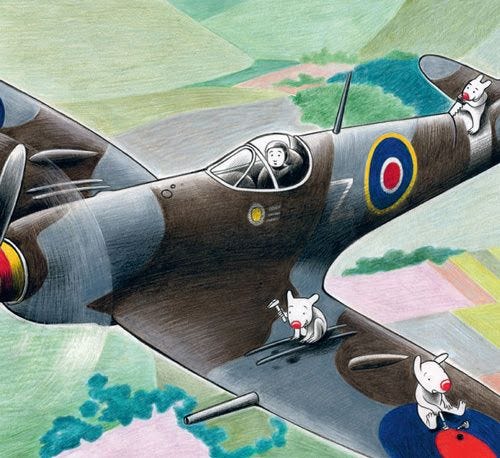Humanity has created a huge volume of stories over the last few millennia… some truer than others. We pass down these tales through the generations, for a variety of reasons: to entertain, of course, but often to build culture and indoctrinate others into our belief systems. W…
Keep reading with a 7-day free trial
Subscribe to Manuscriptions to keep reading this post and get 7 days of free access to the full post archives.



